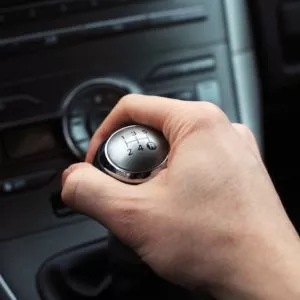One of the top contributors to your ride’s fuel economy is the overdrive gear in its transmission. While there are no actual side effects to using overdrive, you may sometimes need to deactivate it. Read on to learn when to use overdrive and how to get the most out of your ride.
What Is Overdrive?
Overdrive is a transmission gearing that lowers the revolutions per minute (RPM) of the engine. In this mode, the gear ratio is less than 1:1, meaning the vehicle’s wheels turn more often with each engine rotation.
First introduced in 1934 as a separate, manually activated part of a three-speed transmission, overdrive eventually became an integral gear set in modern transmissions. Today, it’s seen on almost all vehicles.
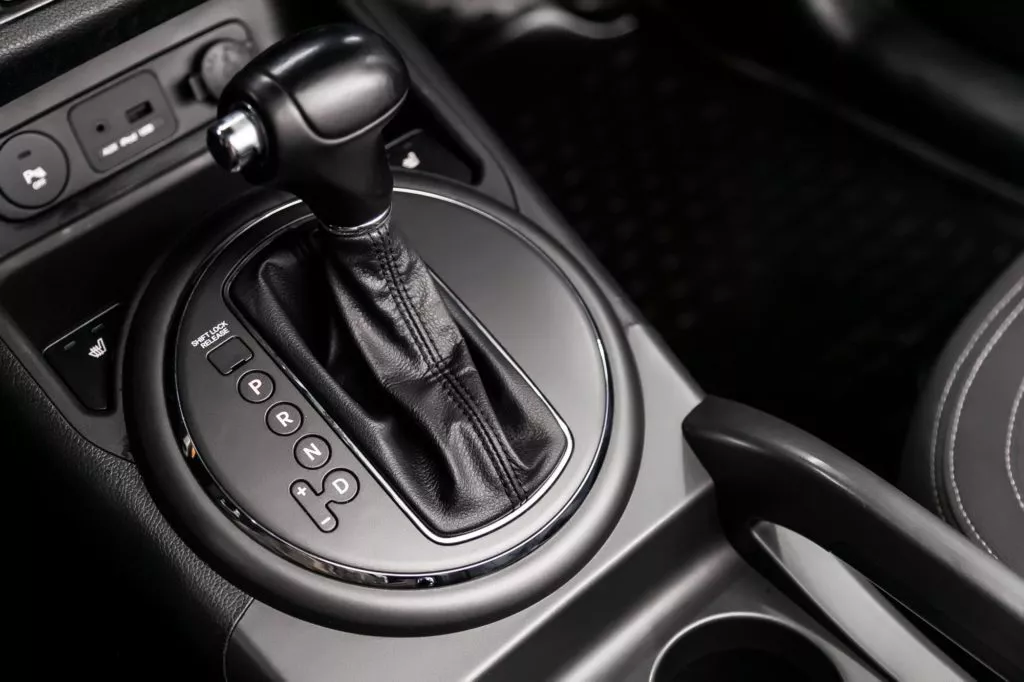
Both automatic and manual transmissions have overdrive gears at the top of their gear range. Automatic transmissions will switch into overdrive with no prompting, while manual types require the driver to shift into the overdrive gear once they hit a high speed.
What Are the Benefits of Overdrive Gear?
When your vehicle goes into overdrive, it doesn’t get faster. Instead, it becomes more fuel efficient, burning less fuel while still turning the wheels at the highest speed possible. If you often drive at high speeds on the highway, this gear will help you save fuel and indirectly reduce emissions.
Overdrive also extends the lifespan of your vehicle’s engine. Lowering the RPM also reduces the amount of work the engine needs to put into propelling your vehicle at high speeds. Since the engine isn’t working too hard, it doesn’t wear out as quickly.
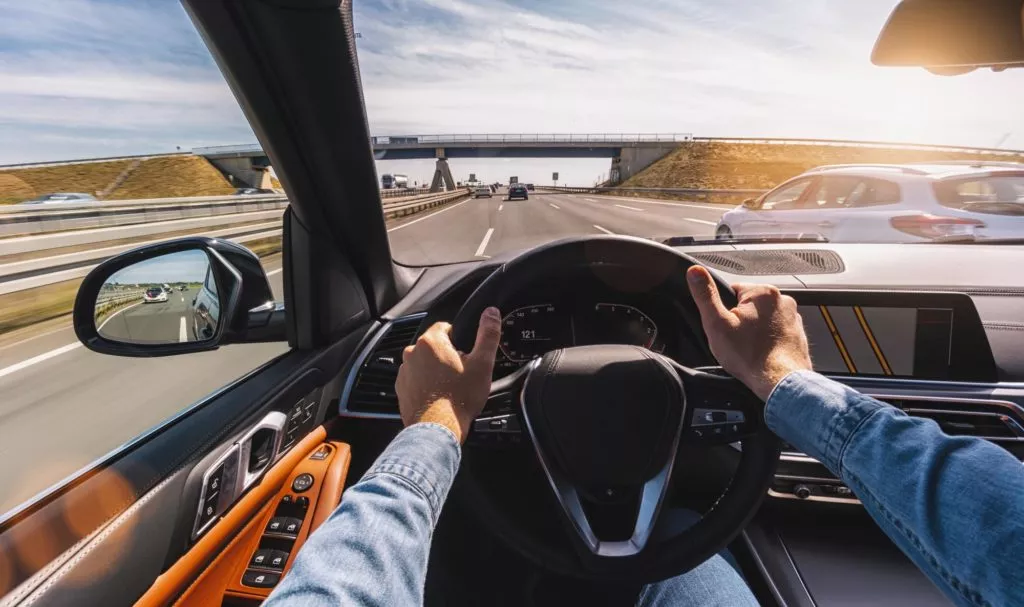
Last but not least, overdrive also reduces the noise, vibration, and harshness (NVH) produced by the vehicle at high speeds. Big vehicles with powerful engines like SUVs and trucks can be loud, so you’ll appreciate the smoother and quieter ride on the highway.
Best of all, there are no drawbacks to using the overdrive. It saves fuel, reduces the wear and tear on the engine that would otherwise require expensive repair jobs, and makes your ride even more pleasant. So, why would you turn it off?
When To Turn Off Overdrive
While there are many benefits to enabling overdrive, there are also times when you’ll need to temporarily disable it. Here are the main reasons to turn off overdrive:

Grade Assist
In some cases, you might want to deactivate the overdrive gear before going up or down a steep slope. Overdrive keeps the vehicle in high gear, while an inclined slope requires slower speeds provided by a lower gear.
When you’re traveling down a steep incline, it can be helpful to downshift to a lower gear (if you have a manual transmission) to increase engine braking. Turning overdrive off in an automatic-equipped car can have a similar effect.

When you’re traveling uphill, most automatic transmissions will downshift to a lower gear that can produce the higher torque needed for this. But if you want to make sure you don’t accidentally switch to high gear while going up a slope, it’s a good idea to turn overdrive off.
Passing Other Drivers While Towing A Load
Hitching a trailer to your vehicle will slow it down, especially if it’s a heavy load. It becomes much harder to overtake other vehicles at high gear. That’s why some drivers deliberately disable the overdrive before attempting to pass by another driver. However, most vehicles will automatically downshift gear if you step firmly on the gas pedal, so there’s no need to switch off the overdrive gear.
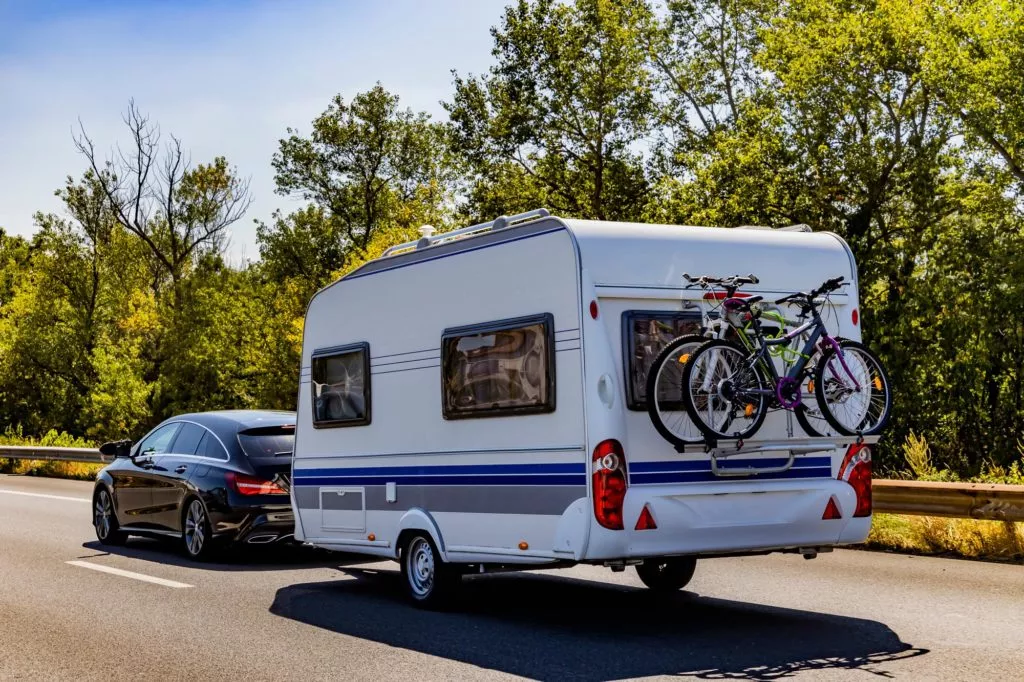
How to Turn Off the Overdrive
If you check the side of the transmission’s gear selector, there will usually be a button marked “OD” or the icon of a vehicle traversing a slope. This button controls the overdrive, allowing drivers to turn the gear off or on as needed. Some manufacturers call this the grade assist switch because drivers use it to tackle steep slopes.
The Overdrive Light
Your vehicle’s dashboard has an overdrive light. This warning light keeps you informed about the status of your vehicle’s overdrive gear set. When the engaged overdrive works normally, the overdrive light stays off.
A steadily illuminating overdrive light indicates that the overdrive was disabled because you used the grade assist switch. It’s safe to drive without this feature, even if you’re not going uphill or downhill. However, your vehicle will use up more fuel at high speeds.
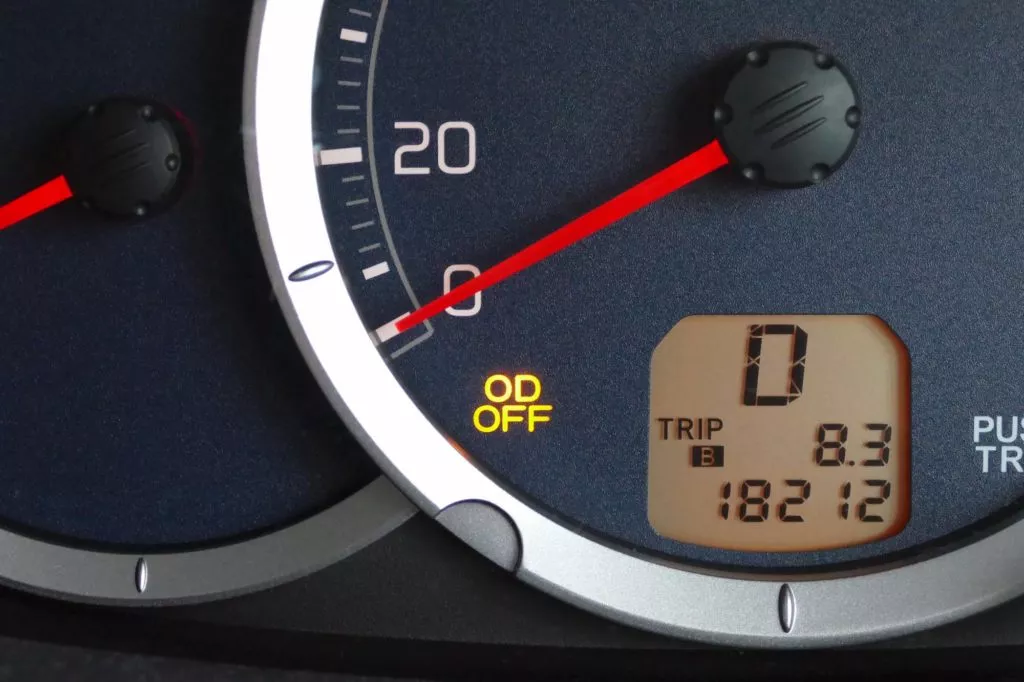
When the overdrive light blinks, it means something has gone wrong with the transmission. The first step in identifying the problem is plugging the OBD-II reader into your vehicle and checking the trouble code recorded by the computer.
While a faulty overdrive won’t cripple your vehicle, you should never ignore any mechanical problem that involves the transmission. Bring your vehicle to a trusted repair shop as soon as possible for a thorough inspection and repair job.
For the most part, you don’t have to worry about turning your vehicle’s overdrive on or off, especially if your ride has an automatic transmission. If you have to disable it before driving up or down a slope, remember to switch it back on once you enter the highway to enjoy peak fuel efficiency.
Any information provided on this Website is for informational purposes only and is not intended to replace consultation with a professional mechanic. The accuracy and timeliness of the information may change from the time of publication.


